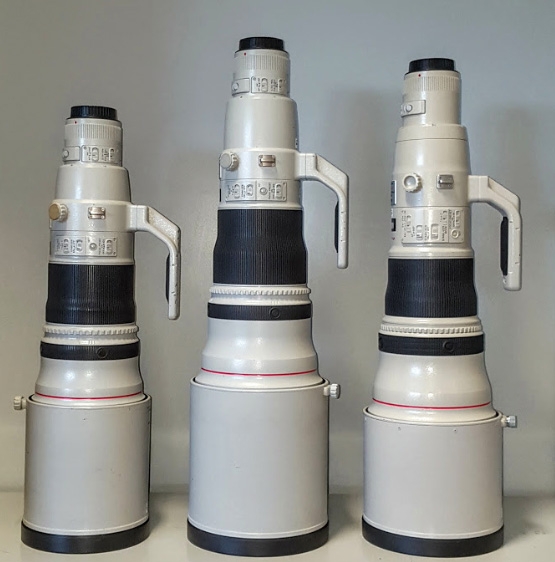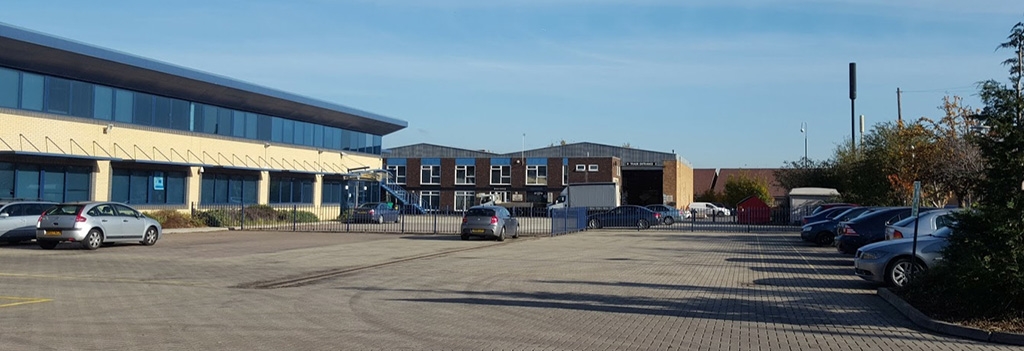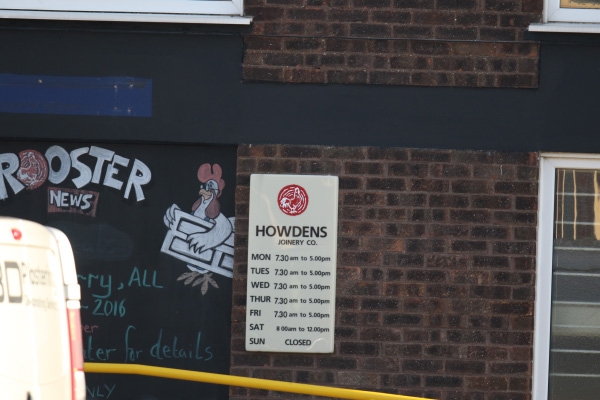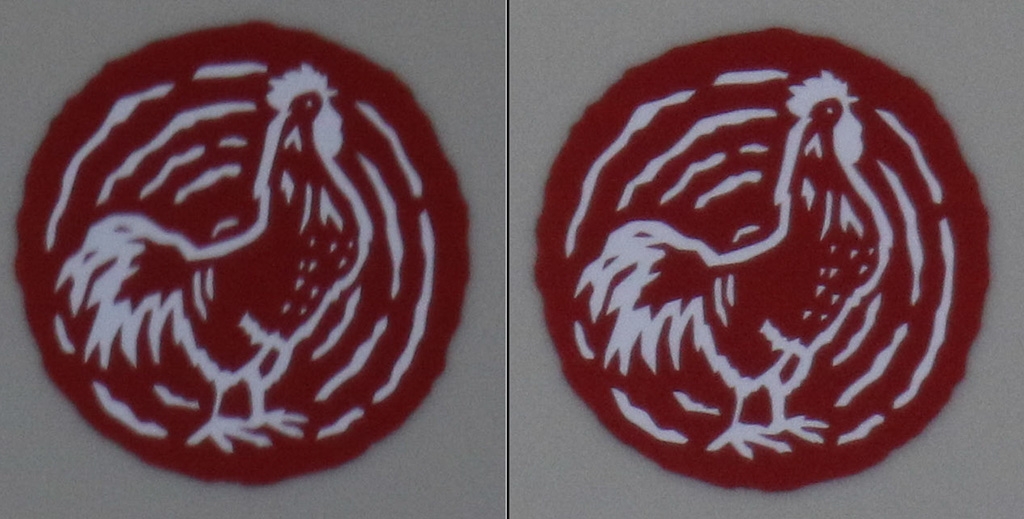If you were a Canon shooter I would have a DEFINITIVE answer for you. But since you're a Nikon shooter, I don't think my experience necessarily translates directly over from white lenses to black lenses. Still, I'll tell you what I know, and you can take it from there.
Last November I was asked by a regular collaborator about the best lens for shooting snow leopards. The brief was that we should expect a "good" sighting to be a leopard on the mountainside on the other side of the valley, maybe 800m away. My correspondent had a 1DX Mk II and a 7D Mk II available to him (Nikon equivalents: D500 and D5); he regularly shoots with a 500mm f/4 lens but he was looking at whether a 600mm f/4 or 800mm f/5.6 would be better.
First of all, to confirm the physical aspects of the lenses. I weighed the 800mm f/5.6 and the 600mm f/4 Mk II, plus the 500mm f/4 Mk II which he's familiar with, as they would be in use - with lens hoods, but without lens caps. The results:
800mm = 4.785 kg600mm = 4.250 kg500mm = 3.445 kg
Here's what they look like: 500mm on the left, 600mm centre, 800mm right. The 600 is actually slightly shorter than the 800, but its hood is bigger.
Now here's my test target. This is the view across the car park outside our office to the Howdens warehouse next-door-but-one.
And here's the view with a 600mm lens on a 7D Mk II. This is the entire frame, resized for this presentation, but no cropping. (Yes, it looks a bit different. The vans moved between the wide angle shot and the telephoto shots.)
That red roundel logo on the sign is my target. It's about 15cm across and the range is 80 metres. So obviously that's comparable in size to a 150cm snow leopard at a range of 800 metres. Sobering, isn't it? You can't even see the logo in the wide angle picture!
So I only used the 7D Mk II for testing. The logo was so small in the frame, I didn't see much point using the 1DX.
I tested the following configurations:
- 600mm f/4 Mk II
- 800mm f/5.6
- 600mm f/4 Mk II + 1.4x Ext Mk III = 840mm f/5.6
- 800mm f/5.6 + 1.4x Ext Mk III = 1120mm f/8
- 600mm f/4 Mk II + 2x Ext Mk III = 1200mm f/8
In all cases I shot with the lens wide open, using a shutter speed of 1/2000th. Although it was reasonably bright outside the office, the target was in the shade, so I figured that might be representative of the conditions he would be facing. I was getting ISO speeds of 800 to 3200, which I think are well within the capability of the 7D Mk II.
With each configuration I took five test shots, and the first thing that struck me is how much variation there was from one shot to another. I was using a tripod and gimbal head, with IS on, but even with a shutter speed of 1/2000th I think there seems to be scope for camera movement to affect the image. Here's a screen shot from Lightroom showing a comparison of two images which were
taken with the same settings, just a couple of seconds apart. The one on the right is noticeably sharper. I expect more experienced wildlife photographers to have a better long lens technique than mine, but it's going to need to be. 800mm or more is quite a handful!
So anyway, image quality. I picked the best image with each configuration, cropped in to the logo, tweaked the exposures to equalise them, and lined them up alongside one another. No sharpening or other processing whatsoever.
The first comparison leaves the target at its native size in each case. With the 1200mm lens, the target was 600 pixels across; with the 600mm lens it was 300 pixels across.
The second comparison scales the targets to be the same size as with the 1200mm lens, so effectively what I'm doing is cropping and enlarging the images taken with the shorter lenses.
Ideally these need to be examined at 100% magnification, but that would be too big to display on this forum.
My conclusion was that the 600mm lens is a bit better than the 800mm, and it was clear also that the 600 with an Extender is a bit better than cropping and enlarging the image from a 600 without an Extender. What I can't quite make my mind up about is whether the 600 is better with the 1.4x Extender or the 2x Extender. I think the best image is probably the one with the 1.4x Extender, but not by very much at all, and I think there are a couple of arguments in favour of the 2x Extender:
- with a longer focal length it might be easier to keep the AF sensor directly on the target
- if you're prepared to do a bit of work on the image it might bet better to have more pixels to start with (because you won't have very many, in even the best scenarios)
On the other hand, using the 1.4x Extender gives you f/5.6 and you'll have more options with the autofocus - though if your leopard really is 1 km away, I don't think that would necessarily be very important.
So that was my conclusion with Canon lenses: 600mm f/4 with either 1.4x or 2x extender. With Nikon it might be different though: the Nikon 800mm f/5.6 is a newer design than the Canon, so it ought to be a bit better, and it comes ith a dedicated 1.25x teleconverter. On the other hand the Nikon TC-20E III teleconverter is probably a non-starter because it's an older design than the TC-14E III. So with Nikon I think the choice probably boils down to one of:
- 600mm f/4 + TC-14E III = 840mm f/5.6
- 800mm f/5.6 + TC800-1.25 = 1000mm f/7
As with the Canon comparison, the longer combo gives you more pixels on target, but the f/5.6 combo give you more autofocus options.
Hope this helps!






